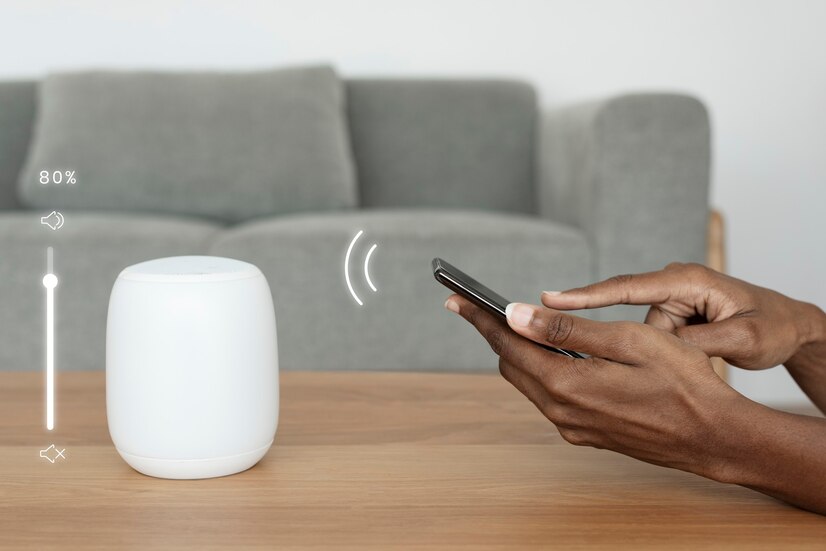Residence and its precincts definitely made easier, most effective, and greatly interlinked. On the other hand, the dangers of being hacked stand at a pretty substantial level too, given the increased consumption of technology at such a fast rate. In this post, we will elaborate on some of the important risks associated with the application of smart home technology, the possibilities of classical vulnerabilities occurring with these technologies, and important steps to avoid making your devices an easy target for crackers.
Understanding of Smart Home Technology
Smart home extends to several appliances and gadgets that are connected to the internet. This includes:
Smart Speakers: This involves the Amazon Echo and Google Home. This even controls other connected gadgets with voice commands.
Smart Thermostats: These are for remotely settling temperature conditions according to the preference of the users, as captured by behavioral patterns.
Smart Security Systems: These devices may include cameras, doorbells, and security locks. These allow remote monitoring.
Some other appliances include smart refrigerators, washing machines, and ovens that seek an internet connection to give consumers more functionality.
Security Issues
1. Default Passwords and Authentication
Risk: Very few users trouble themselves to alter the default passwords of smart devices or use easily-guessable credentials. As such, this becomes very easy for hackers to use brute force and compromise these Internet of Things devices.
Solution: Never delay in changing the default passwords and use unique and long passwords with different passwords for every device. Enable 2FA whenever available on the devices.
2. No Regular Update
Risk: Manufacturers patch security vulnerabilities when they release an update of a device. Devices that are not updated are potentially exploitable.
Solution: Automatically set update software or manually check the updating device.
3. Unsecured Network Connection
Risk: Devices are a sitting duck when attached to unsecured or public Wi-Fi networks, where the data transmitting through can either, at best, be intercepted or, at worst, accessed.
Solution: Deploy a secure Wi-Fi network with strong encryption—that is, WPA3. You may want to consider deploying a separate network for IoT devices. This will isolate IoT devices to one part of your network.
4. Concerns over Privacy
Risk: Smart devices might collect and transmit data on the usage surrounding the habits, patterns, and specifics of the users to the manufacturers and/or other relevant companies. This should lead to some extent of privacy-related issues.
Solution : Privacy settings adjustment-often these can only be done through the device application or device settings. Careful selection of devices that truly puts Privacy first. End-to-end encrypted, too.
5. Third Party Applications and Services Risk
Risk: Companion applications of smart devices in a house and their cloud services have weak spots or even suffer data breaches.
Solution: Installing most reliable and trustable apps with services from a reputable manufacturer. Monitor its permissions to withdraw any unneeded accesses.
1. Buy Wisely: Avoid loading the network with devices from manufacturers who are not known for securing them or don’t have a history of sending updates regularly.
2. Network Security: Make the Wi-Fi password unique and strong, create another network sensitive for segmentation of the IoT devices so that their access to other sensitive information gets limited.
3. Security Features: Enable WPA3 encryption on the Wi-Fi network, turn on 2FA, and other security features available.
4. Update Regularly: Keep the firmware and software updated against known vulnerabilities.
5. Device Activity Monitoring: Quite often, the activity logs of devices are checked for any suspicious behavior or attempts to access unauthorizedly.
6. Review Privacy Setting: Setting or adjusting privacy settings to collect/ share least data; turning off features/ permission, not necessary or essential.
7. Household Training: Make sure all of your members are aware of what cybersecurity is. Teach them how to identify odd, suspect behaviour and the action to be taken.
Conclusion
Smart home appliances offer phenomenal convenience and utility, although at the same time indulging in colossal cybersecurity presumptions. Equipped with this new knowledge on those risks, one can do more and be proactive in taking measures to ensure the continued enjoyment of smart technology benefits and maintain privacy while having the ability to control one’s home environment. Be informed and watch out from day one; be proactive while securing your smart home appliances. It will help prevent hacking and ensure a much safer kind of digital experience in and around your home.

